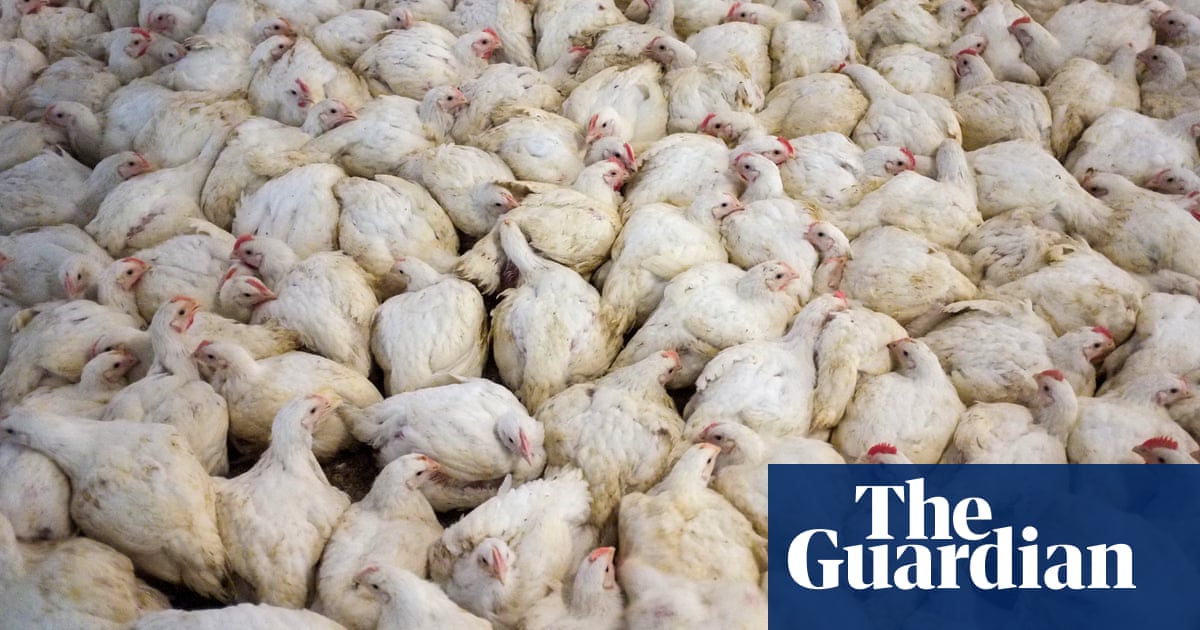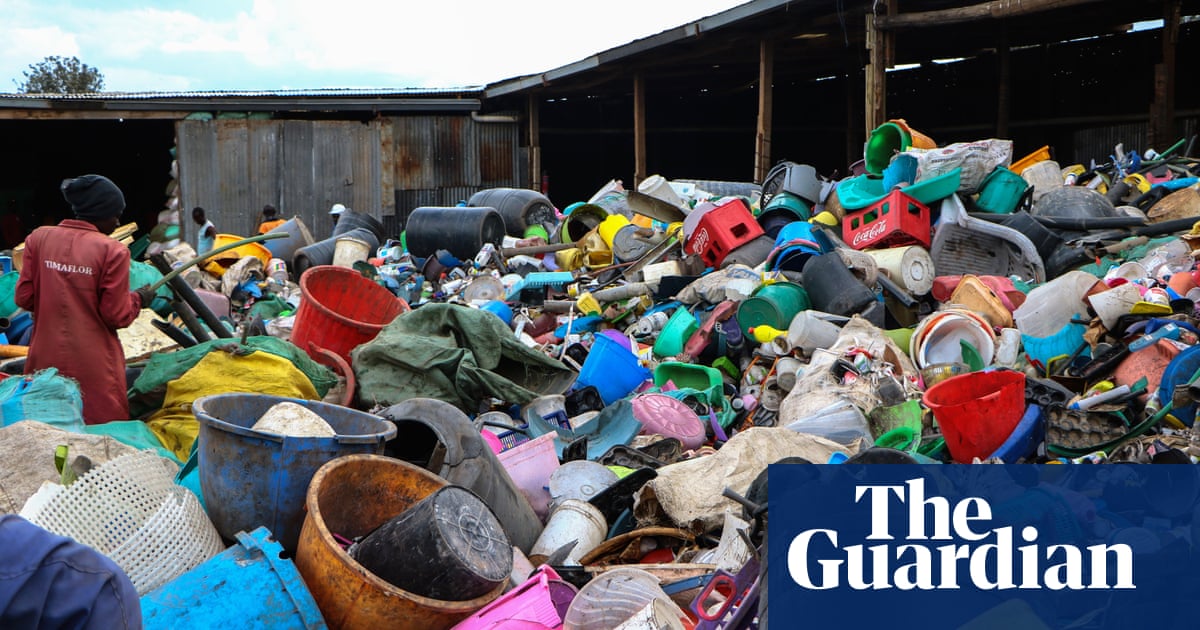‘America is a factory farming nation’: key takeaways from US agriculture census | Environment


Record numbers of US farms are going out of business with small farms and Black farmers the hardest hit – again, according to the 2022 agriculture census, a comprehensive snapshot of the state of America’s farms and farmers published every five years by the Department of Agriculture (USDA). Yet industrial factory farms rearing thousands of livestock in confinement have further expanded into rural America, acquiring smaller farms, raking in taxpayer subsidies and generating environmental harms.
The agriculture census is a mammoth data collection effort involving more than a million farmers, which tracks the number, size and types of farm across sectors, as well as the farmers and the financials – at the national, state and county levels. It provides insights into the impact – good and bad – of government programs on farmers, workers, land use, animals, waterways and the climate, and should inform future policy. The latest data set includes the Covid pandemic – an extraordinary time when global food prices, government farm subsidies and food insecurity all surged.
There is a lot to digest in the 700-page report, but here are some of the key takeaways:
The number of farms and quantity of farmland continues to decline steeply – but mega farms are thriving
The number of farms fell 7% over the past five years to 1.9m – compared with a peak of almost 7m in the mid-1930s, and 2.2m in 2000. Around 20m acres of farmland were lost over the same period, as fields made way for urban sprawl, solar farms and other industrial development.
The decline is by no means steady across the board. The steepest decline – 17% – was among the smallest farms with less than 10 acres. The US globalized agricultural system favors large and corporate-owned operations, as smaller farms struggle more with boom and bust prices, extreme weather linked to the climate crisis and access to government subsidies and other credit.
Large farms – which includes mega operations with hundreds of thousands of acres – account for only 4% of the total number of farms, but control two-thirds of US agricultural land. The largest – with sales of $5m or more – accounted for fewer than 1% of all farms but 42% of all sales. The consolidation of American agriculture continues, despite a commitment by the USDA secretary, Tom Vilsack, a former big dairy executive, to shore up small and midsize farm operations.
Another steep decline in Black farmers
The number of Black farmers fell by 8% in the past five years, the largest decline among all ethnic and racial groups. This is another setback for Black farmers, who have been forced out of agriculture by decades of discriminatory USDA policies that systematically denied them access to low-interest loans, grants and other assistance. The number of Black farmers has dropped from a peak of almost 1m in 1910 to 41,807 in 2022.
It’s perhaps too early to judge the Biden administration, which has enacted policies aimed at helping Black and other “underserved” farmers, but so far Black farmers have little to cheer. The white domination among farmers has grown from 89% in 2017 to 95% in 2022.
In some good news, the number of Hawaiian and Pacific Islander farmers increased by 13%, with a whopping 50% (1,509 in 2022 compared with 1,007 in 2017) rise in new producers. This may partly reflect a resurgence in Native Hawaiian farming practices and the land back movement.
Climate smart agriculture and conservation remain rare among American farmers – despite government programs
The number of farms enrolled in USDA conservation programs that pay farmers to leave environmentally important areas such as wetlands fell by 7% between 2017 and 2022. Smaller farms saw the steepest decline, which is likely due to high commodity prices on the global market that offered short-term economic gains, according to Anne Schechinger from the Environmental Working Group (EWG). Increasing financial support – USDA rents – for long-term conservation projects such as 30-year wetland preservation could attract more farmers and would maximize climate and environmental benefits, said Schechinger.
An incentives scheme to encourage cover crops – a regenerative agro-ecology technique that helps reduce synthetic fertilizer use, improves soil health and conserves water – shows mixed results. The number of farms enrolled in the program has stagnated at around 153,000, but there was a 17% rise in cover crops overall, which was mostly down to larger farms planting more nutrient rich cover crops between growing periods for cash crops.
Large farms and corporations benefit most from taxpayer dollars
Government payments to farmers rose 17% since the last agriculture census to $10.4bn – thanks in large part to Covid era subsidies, which boosted income for some farmers to record levels between 2020 and 2022. But the number of farms receiving taxpayer subsidies fell dramatically by 25%, and it was the larger, wealthier – not struggling small farms – that benefited most. Farms with the highest sales (at least $50,000) received 64% of the total subsidies – despite accounting for only 11% of the beneficiaries. The smallest farms account for almost half (48%) of those that got some financial assistance, but only 4% of the total money.
America’s industrial agriculture complex is raising more animals on factory farms than ever before
In the past five years, the US lost 34% of dairy farms, 9% of hog farms and 7% of beef cattle farms but the livestock numbers stayed more or less constant. That means fewer, but much larger, concentrated lots – which are linked to an array of harms including water and air pollution, poor animal welfare, labor abuses and climate impacts. As it stands, 1.7 billion animals – mostly pigs, cattle, chickens and sheep – were reared on US factory farms in 2022 – a 6% increase since the last census in 2017 and a 47% rise since 2002. This includes 7,406 chicken farms with half a million of more birds in 2022 – a 17% rise in the past decade.
According to analysis by Food and Water Watch (FWW), 24,000 factory farms are producing a staggering 940bn lb of manure each year – double the amount of sewage produced by the entire US population. This is 52bn lb more greenhouse gas emitting concentrated manure than in 2017, the equivalent to creating a new city of 39 million habitants in the past five years.
Small and medium dairy farms have fared worst. Almost 7 million dairy cattle – 75% of the total – are now reared in confinement on factory farms, each with 2,000 or more cows. “As industrial confinements drive family-scale farmers off their land … the benefits flow to private coffers while our communities and environment are left holding the bag,” said Amanda Starbuck, FWW research director.
“America today is truly a factory farming nation.”
Source link




